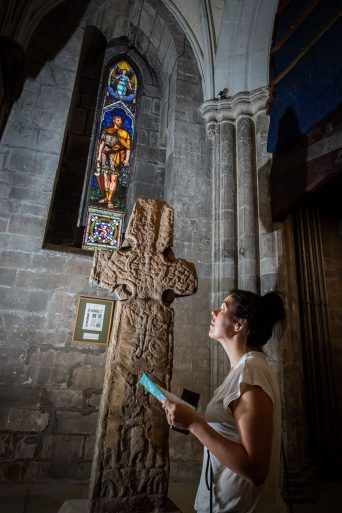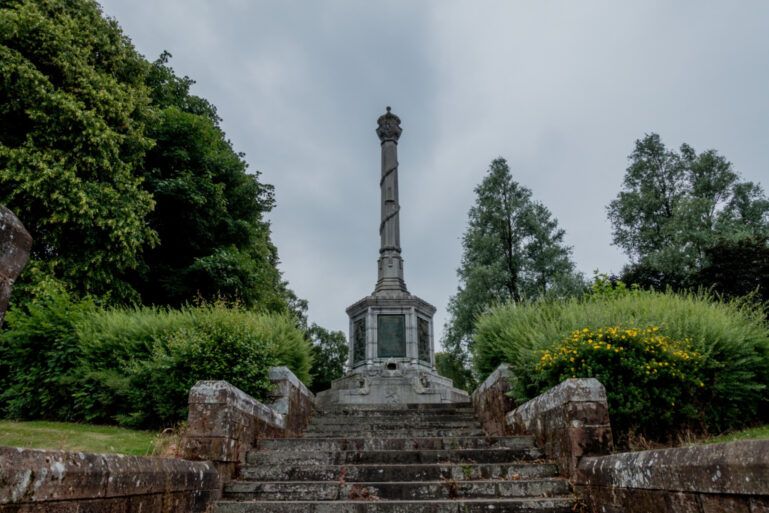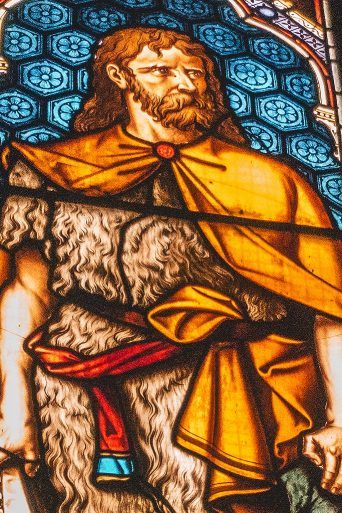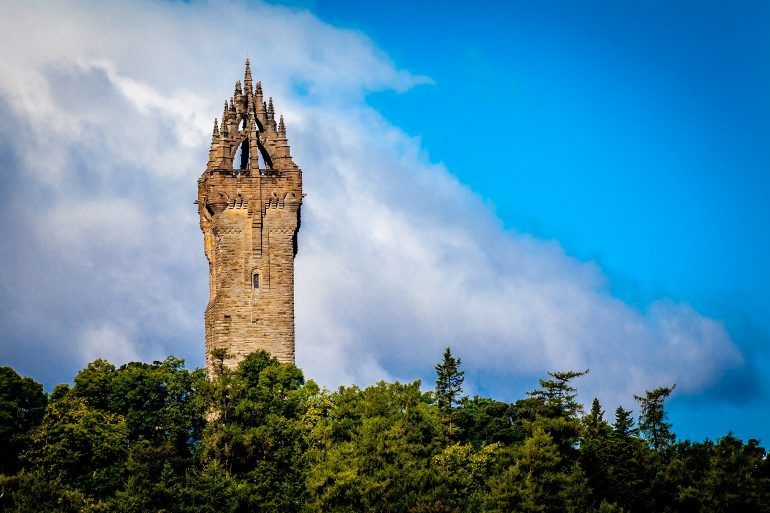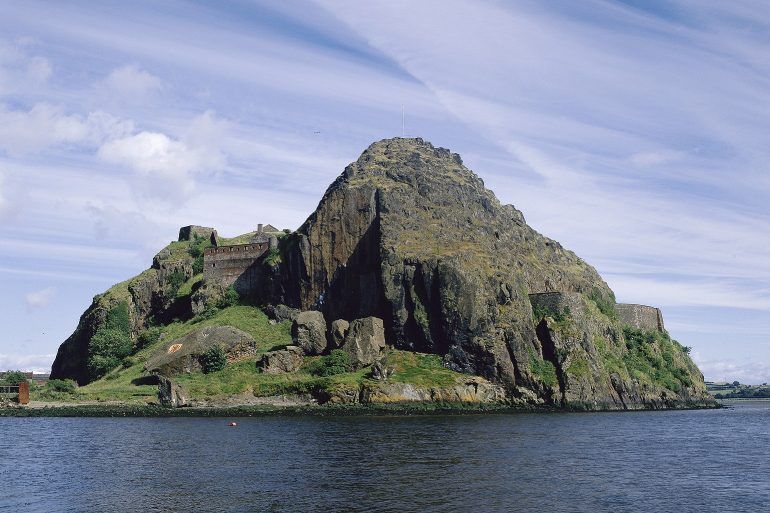Wallace Begins: Following in the footsteps of Scotland’s Braveheart!
Get to know this Scottish Hero on our Wallace Begins trail.
Wallace led Scotland in its wars of independence in the 13th Century. But did you know that Paisley and Renfrewshire play an integral role in the life of one of Scotland’s most venerated heroes?
Although we know very about his early years, we do know Wallace was born in the 1270s in Elderslie, Renfrewshire. And it is believed he was educated by the monks of Paisley Abbey.
As the second son of a minor noble, he may have been expected to become a priest. However, as history tells us, his life took a very different direction…
Renfrewshire is the perfect start and end point for your Wallace Begins trail.
The Wallace Begins trail will take you through the national hero’s journey. Starting from his birthplace in Elderslie you will head to Paisley Abbey. Then onto the National Wallace Monument and finally to Dumbarton Castle.Along the way you will experiance key moments in his life in Scotland.
Wallace Begins one-day trail
We suggest you in Renfrewshire the night before for a two-night stay. This will let you get the most out of your time. We have a variety of accommodation options to appeal to every type of traveller.
- 9am – Wallace Birthplace Monument, Elderslie
Start your trail at the beginning of William Wallace’s journey, his birthplace. - 10am to 11.30am – Paisley Abbey
Paisley’s medieval Abbey was a centre of learning and it is believed Sir William Wallace, was educated by the monks at Paisley Abbey. It also has a cafe and shop. - 11.30pm to 12.30pm – Lunch in Paisley
Stay for lunch in one of the town’s many cafes or restaurants - 12.30pm to 1.30pm – Travel from Paisley to Stirling
- 1.30pm to 3pm – The National Wallace Monument (seasonal opening hours)
One of Stirling’s most distinctive landmarks, it overlooks the scene of Wallace’s victory at the Battle of Stirling Bridge. - 3pm to 4pm – Travel to Dumbarton
- 4pm – Dumbarton Castle (seasonal opening hours)
Follow the legend by heading to Dumbarton Castle on the River Clyde, where Wallace was held before being sent to London for his execution.
Now, head back to your hotel and enjoy a relaxing meal in one of the many restaurants in Renfrewshire – you’ve earned it!
